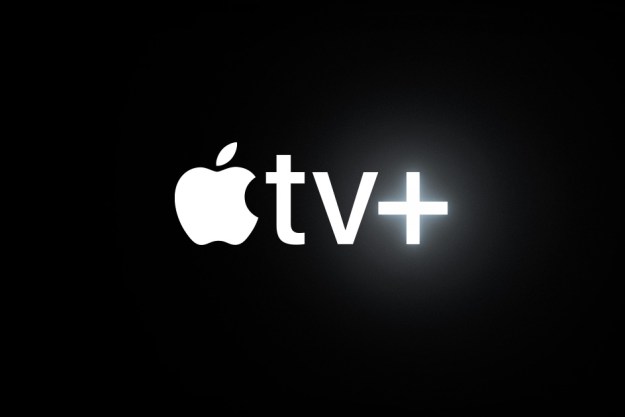A few years back, to little fanfare, Neil Young started talking up high resolution music. The folk-rock legend was tired of people listening to low-quality sounds on their laptops, phones, and streaming devices. In his mind and the minds of a lot of other sound buffs, the status quote wasn’t doing the music justice.
Young went so far as to introduce a product, Pono Music, to encapsulate the need for richer sound. The strange contraption, touting a shape not unlike a Toblerone bar, certainly didn’t jump off of the shelves and music fans mostly moved on to other things. The underlying concept, however, remains important and is being revisited by music nerds and product designers alike. And Young is back with a new line of gear, via the folks at Bluesound.

The idea is pretty straightforward. Just as the heavy, 180-gram vinyl record is known to produce richer acoustics, the high-res sound file is believed to offer thicker, more resonant sound. Proponents say it’s exponentially better than what we’ve been accustomed to — the tinny and petite sound waves that pop out of our built-in laptop or mobile phone speakers.
Even when we’re playing larger digital files through iTunes, Spotify, and any number of services, we might not be fully doing the music justice. We may have a fantastic amp and pair of expensive speakers but if the file itself is shrunk down or condensed for quick streaming, you might be listening to what’s essentially a dumbed-down version of your favorite track, sonically speaking.
Enter high-res music. Think of it as having the same effect on The Beatles as a high-def widescreen television does on the movie Avatar. It’s meant to make music feel like it’s being played live in your living room, more robust and enveloping. Now that concerts seem like a thing of the past, at least for the near future, this brand of sound quality is all the more attractive.
A major and relatively new file type high-res music is built around is called the MQA, or Master Quality Authenticated. The most popular streaming service to use such files is likely Tidal, although Amazon and others offer something similar. The technology is still being experimented on but we’ll likely hear more about it in the coming years.
A good way to imagine it is visually, in terms of pixels. High-res music operates at a higher sampling frequency, meaning more signal samples are taken of the music per second than, say, a standard compact disc recording. For comparison, a CD file usually clocks in at 16-bit or 44.1kHz (kilohertz). High-res audio files hover around 24-bit or 192kHz, if not greater.
One of the hangups with high-res music is precisely that — heavy files. We’re talking megabytes here, which can gobble up space on your computer or storage device rather quickly. We are used to having tons of digital clutter as it’s convenient and comforting. But one of the nice things about high-res audio files is they require us to be a bit more selective.
Instead of toting around thousands of compressed albums, we might have to choose a few dozen, depending on file capacity. Audiophiles should liken it to a DJ mentality, digging through record crates for a few of the best to set up that day or week’s mix.
Major streaming services like Apple and Spotify have yet to take the high-res plunge. They may be engaging in research and development or waiting for what they think is a trend to subside. But with more equipment and websites devoted to high-res music, it’s likely that it will only grow in popularity.
Test it out at home by comparing recordings. Go with a sonically rich band like Pink Floyd or a bumping track like Orange Wedge by the Chemical Brothers and see if it’s time to upgrade your home system to high-fidelity standards.
Editors' Recommendations
- The Bear Season 3: Everything we know
- The Morning Show season 4: Everything we know so far
- The Night Agent season 2: Everything we know so far
- I Am Legend 2: Everything we (think) we know about the sequel
- Top Gun 3: Everything we (think) we know about the sequel


